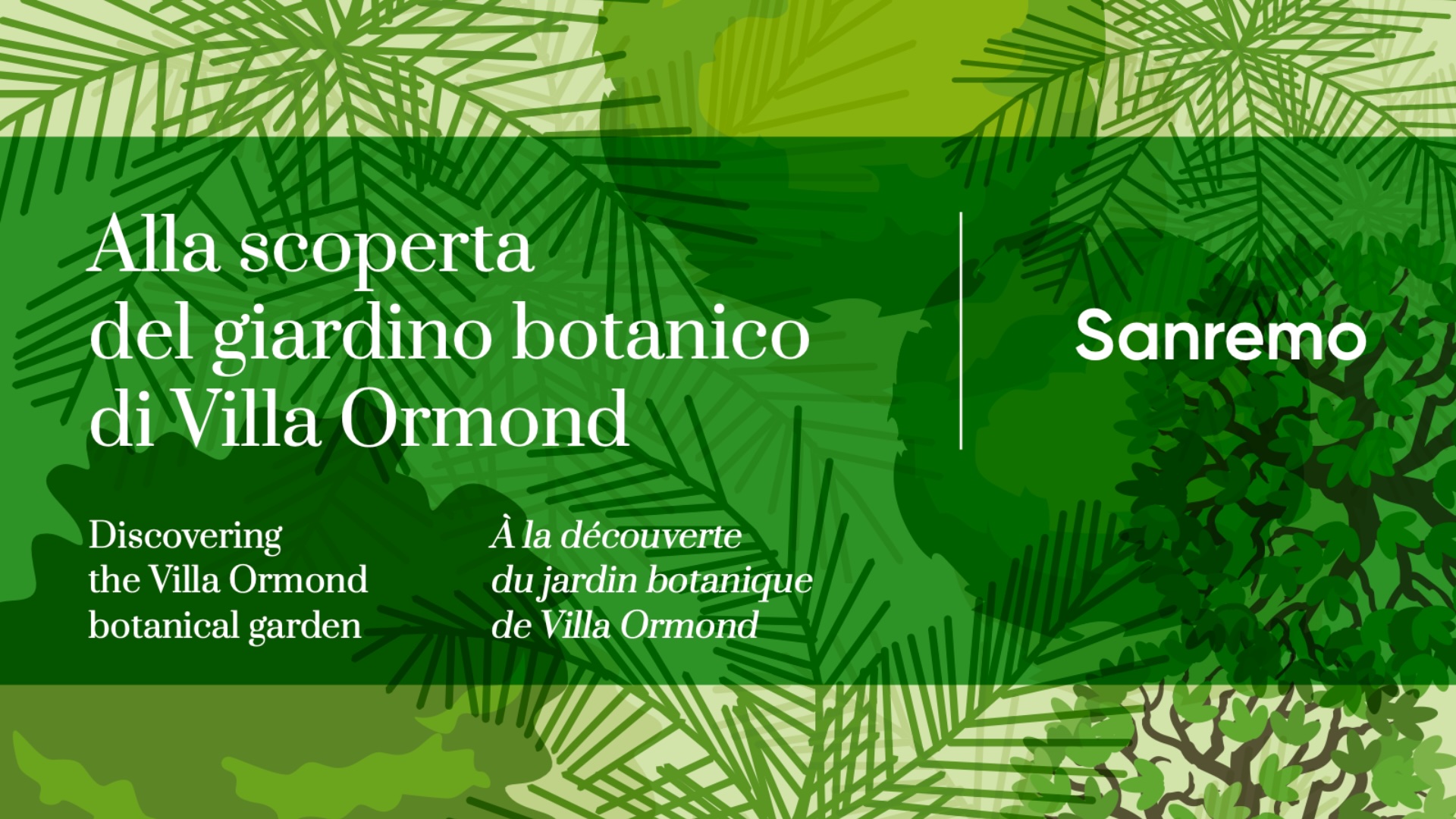The Magnolia genus belongs to the Magnoliaceae family and comprises more than eighty species, both arboreal and shrubby, which are widespread in the northern hemisphere, mainly in North America and on the Asian continent in China, Japan and Korea. The family owes its name to Charles Plumier, who collected a plant in 1703 and dedicated it to Pierre Magnol (1638-1715), French botanist and director of the Montpellier Botanical Garden. Fossil finds confirm that the Magnoliaceae originated in North America and that due to climatic changes in the past they travelled through Europe to Asia and South America. The flowers of the Magnoliaceae are large and robust because, having evolved before the appearance of hymenoptera, they are pollinated by beetles, which visit the flowers to obtain pollen and mate.
| Magnolia grandiflora L. | |
| Etymology | The genus was attributed by Linnaeus to the director of the Montpellier Botanical Garden Pierre Magnol, who brought the plant to Europe in 1760. The specific epithet grandiflora alludes to the size of the flowers, which are also very fragrant. |
| Common name | Magnolia |
| Origin | Southern and eastern parts of the United States |
| Description | It is a majestic evergreen tree that can grow to a height of more than twenty metres when mature, with very slow growth. It has a straight, greyish-brown trunk, which over time its rhytidome flakes into small plates. The leaves are simple and with an alternating spiral arrangement, large, leathery and elliptical in shape, with a beautiful bright green colouring on the upper page, while the lower page is tomentose and rusty. The flowers, considered in evolutionary terms still primitive, are hermaphrodite, with large white petals, very showy and usually fragrant, emerging solitary at the apex of the branches from May/June onwards. The pleasantness of the blooms is also linked to the intense aroma emanating, reminiscent of a scent of lemon. After flowering, pedunculate infructescences in the shape of small upturned cones form, which open when ripe to reveal 2-6 coral-red, pendulous seeds inside, tied to a short funiculus that makes them dance to intrigue the birds, which take care of their dispersal. The root system of Magnolia grandiflora is well developed and expands well in deep, acidic and well-draining soil. If cultivated in calcareous soils, growth is stunted and accompanied by extensive leaf yellowing. It prefers cool locations with rainy summers, especially in summer. It grows in the gardens of Villa Ormond, but in a Mediterranean environment it does not express its full beauty. |

